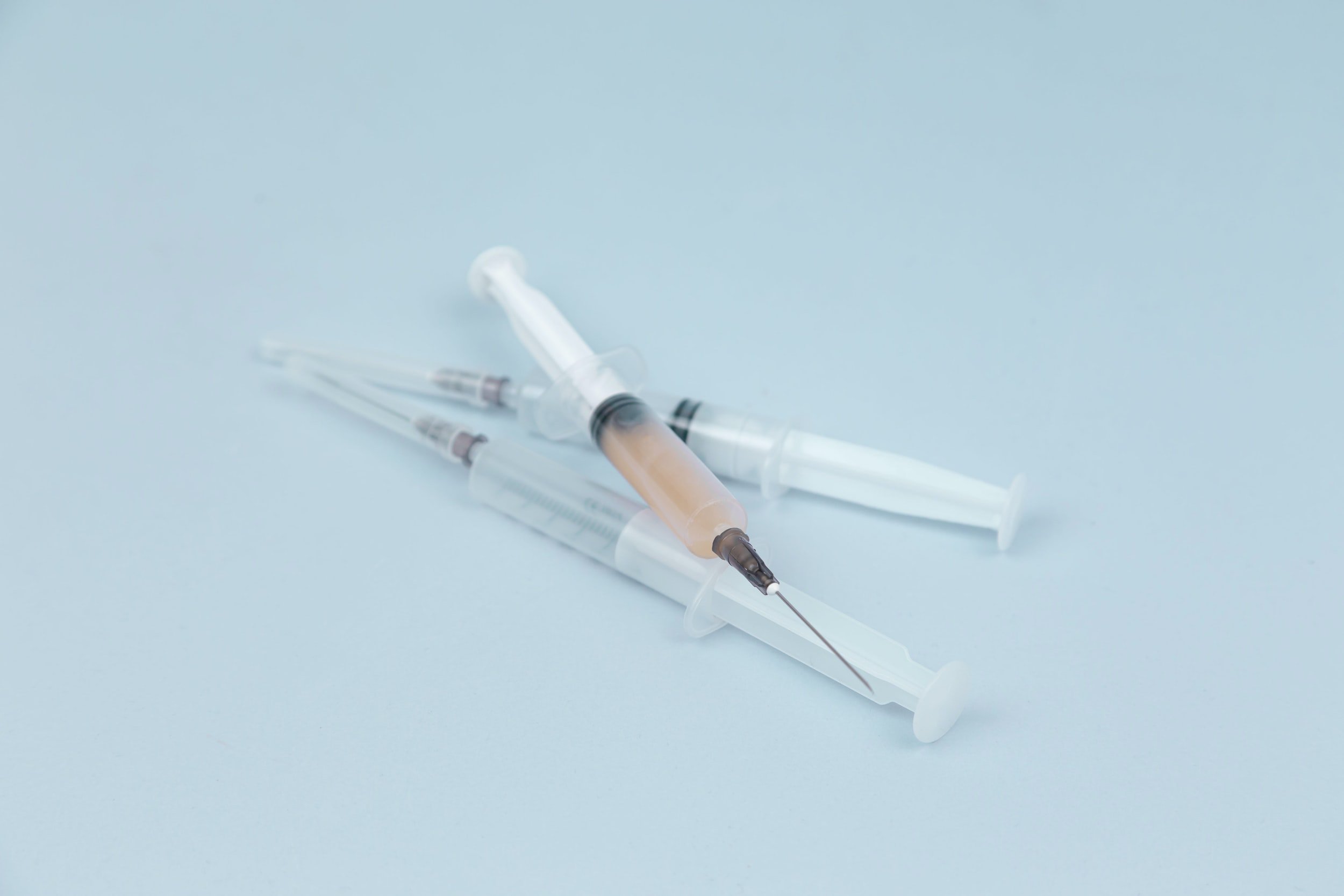Everything You Need to Know About Botox
Everything You Need to Know about Botox
I’m Andrea, a POMP Beauty licensed aesthetician, with over 10 years of experience working in and managing medispas, and a Botox consumer myself. I’ll give you all of the details you’ve been wanting to know about Botox and alternatives if it's not for you.
The Biggest Rule in Botox: Get it from a Professional!
Botox. You’ve heard about it, see commercials for it, see it in medispas, and even doctor's offices.
Botox injections use a toxin called onobotulinumtoxin to temporarily prevent a muscle from moving. Botox injections are extremely safe when performed by an accredited medical professional.
Now let’s get to business and freshen you up on some history.
What Exactly is Botox?
Botox is a neuromodulator that has been utilized in medical treatments for decades and was accidentally discovered for cosmetic treatments during routine medical treatments. In 1983, Dr. Jean Carruthers, a Vancouver-based ophthalmologist was one of the first doctors to use Botox medically. She first started using it to treat blepharospasms, a condition that causes facial muscle spasms, forcing the eyelids shut. In 1987, one of Carruthers’ patients expressed that every time she got injected for her blepharospasm, she noticed that she also got an untroubled, relaxed look to the face.
Sharing the comment her patient made to her husband, Dr. Alastair Carruthers, a dermatologist also searching for new ways to assist his patients with anti-aging treatments, they began their studies with utilizing Botox cosmetically. Since then, Botox has become widely accepted treating anywhere from bladder incontinence to migraines.
Botox injections use a toxin called onobotulinumtoxin to temporarily prevent a muscle from moving. This toxin is produced by the microbe that causes botulism, a type of food poisoning. As we age, muscles start to pull in different ways. Botox injections block certain chemical signals from nerves, mostly signals that cause muscles to contract, so if a muscle is contracting in and you inject Botox in it, it will relax out and up, allowing for fewer fine lines and wrinkles.
Where is Botox Used Cosmetically on the Face?
Do you have forehead wrinkles from raising your brows too much? How about the “11s,” lines in between brows from frowning too much? Any wrinkles increasing around the eyes when smiling? If that’s the case, you might be a candidate for Botox!
Botox can also be used around the mouth to prevent “gummy smiling,” when a person shows too much gum when smiling, and to also give a nice lip flip (one of my personal favs), giving a fuller lip pout. Botox can also be injected into the masseter muscle to help with TMJ, including jaw clenching, while also slimming the look of the face and jawline.
There are now other neuromodulators on the market other medical companies have developed, such as Dysport, Myobloc, and Xeomin, and this boils down to the medical professional’s preference, or perhaps, if they find Botox isn’t working as well, they might try one of these different products.
How Many Units of Botox do you Need?
You might hear your good friend tell you that she gets 20 units of Botox for her forehead lines, and loves the results. You two are the same age and have overall similar complaints, so you should also be satisfied with 20 units, too, right? Wrong. Everyone’s muscles are different, and some metabolize Botox differently. Therefore, no two people and the number of units in an area can be compared.
Also, a common misconception is the number of units is also the number of injections you get - this is also false. For example, one may have 2-4 units administered in one injection site, so if you’re getting 20 units, this does not mean you’re getting 20 separate injections.
What are the Side Effects of Botox?
Botox injections are extremely safe when performed by an accredited medical professional. 5% of the population receiving Botox may experience a low-grade headache after receiving Botox. Other side effects may include:
Pain, swelling or bruising at the injection site
Droopy eyelid or cockeyed eyebrows
Crooked smile or drooling (if injected for cosmetic purposes around the mouth)
Eye dryness or excessive tearing
It’s important to disclose all medical conditions and medications to your doctor prior to receiving Botox to ensure you’re a candidate. Looking for alternatives to Botox? Chat with a Pomp esthetician about skincare alternatives for you.

